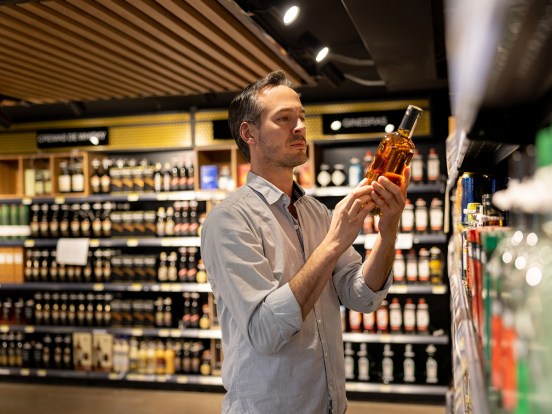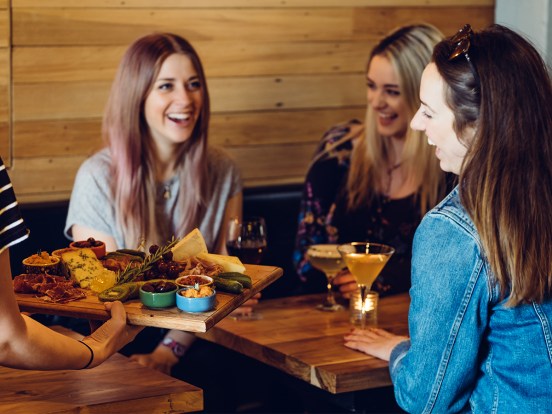Friday, October 25, is Global Champagne Day.
Born in 2009 at the initiative of a Californian blogger and wine tutor, Chris Oggenfus, #ChampagneDay takes place on the fourth Friday of October each year.
Over the years, more and more wine lovers around the world have participated in Champagne Day, which has become the universal event for Champagne lovers.
Champagne facts:
Only sparkling wine produced in the Champagne region in France, using specific methods, can be legally called “Champagne.”
Champagne is made using the “méthode champenoise”, where secondary fermentation occurs in the bottle to create bubbles. This process can take years and contributes to its complexity and flavour.
Champagne should be served chilled, ideally between 7°C and 9°C. If it’s too warm, the bubbles dissipate too quickly; if too cold, the flavours can be muted.
Most Champagne is non-vintage, meaning it’s a blend of wines from different years to maintain a consistent house style. Vintage Champagne, made from grapes of a single year’s harvest, is produced only in exceptional years and is rarer and more expensive.
Most Champagne is produced with Pinot Noir, Pinot Meunier and Chardonnay grapes.
How to pour Champagne
When pouring Champagne in your on-premise, it’s important to encourage your staff to follow the correct etiquette.
Chill to the right temperature
Serving Champagne at around 7-9 degrees Celsius before you pour it. Chill non-vintage Champagne in the fridge for four hours and vintage Champagne for three hours.
Opening the bottle
To open the bottle, undo the cage but don’t remove it. Then, holding the cage/cork, rotate the bottle at a 45 degree angle to ease out the stopper. As you twist the bottle, you will feel the cork begin to loosen. Let the gas pressure within the bottle gently push the cork out. Do not force it. The cork should come out with a soft “pop” rather than a loud one.
Pouring the Champagne
Before pouring, ensure that the label on the Champagne bottle is facing outward as a sign of respect for the wine and its producers. If you’re serving several glasses, rotate the bottle slightly while pouring into each glass to allow each customer to see the label.
Champagne bottles have a large indent (known as a punt) at the bottom, place your thumb into the punt while you spread your fingers around the bottle’s base. This helps you maintain a good grip while pouring.
To pour the Champagne, gently pour the liquid along the side of the glass. This will preserve the most bubbles, as opposed to pouring directly down to create a head of “mousse”.
Aim to fill the Champagne glass to half to two-thirds full, which leaves space in the glass for the wine to release its aromas and for the bubbles to gather.
After pouring
After pouring, place the bottle neatly on the table or in an ice bucket, making sure that the label still faces outward.
For more on Global Champagne Day, click here.




